History of the 1964-1967 Chevrolet Chevelle Malibu
When you’re King of the Hill as GM was in the early 1960’s, and own 50% of the entire market (with 25% of the entire market being Chevrolet alone), you can afford to let the little guys “go first.” At least that’s how GM played their cards with the Malibu. Ford introduced an entirely new category of car, the “intermediate”, in 1962 with their Fairlane, which seemed far more substantial than the ½-size–smaller, not-quite-intermediate “large compact” GM brethren from Pontiac, Oldsmobile and Buick which were introduced a year earlier. By 1964, these “BOPers” as they were called joined the all-new Chevrolet Chevelle and upscale version, Malibu, on a new perimeter frame and firmly ensconced themselves in the “intermediate” market. With Chevrolet being the major player in the GM stable, it only seemed fitting that these cars were given much publicity by the auto magazines of the day. The basic engine was the 194 cubic inch six shared with the Nova, with a larger 230 six shared with the senior cars optional, and a 283 V8 with up to 220hp for 1964. An SS option was immediately available, as was a new Chevrolet Division sourced four speed floor shift. Initial descriptions of the Malibu did not include the 327 V8 option which magically appeared before the end of 1964, boosting maximum power to 300 hp. Curved side glass and crisp styling combined with sparkling small block V8 performance helped give these cars a nice send-off, and given the fact that compact sales had started to wane during 1963, these cars proved to be perfectly timed to capture the mood of America, which was once again moving towards somewhat larger, sportier and more powerful cars. These cars were masterfully done. By mid-year 1965, a 396 cubic inch 375 hp big-block was optional, a good 18 months after GM brethren Pontiac introduced their powerful GTO, and the race was on! 1966 saw a reskin, for a then fashionable Coke bottle look, with “flying buttress” rear roof styling on 2 door sports coupes.
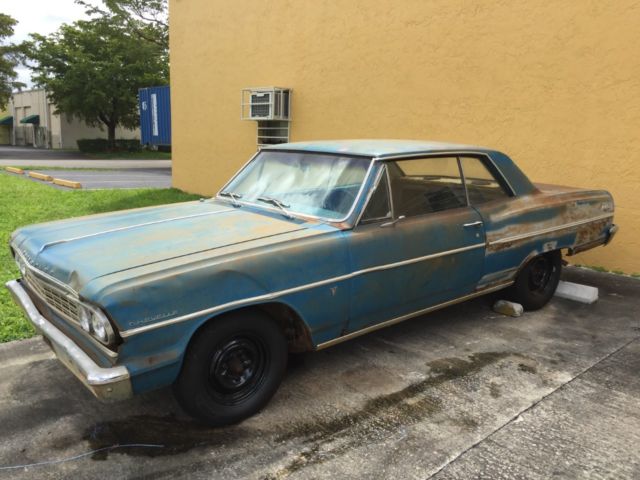
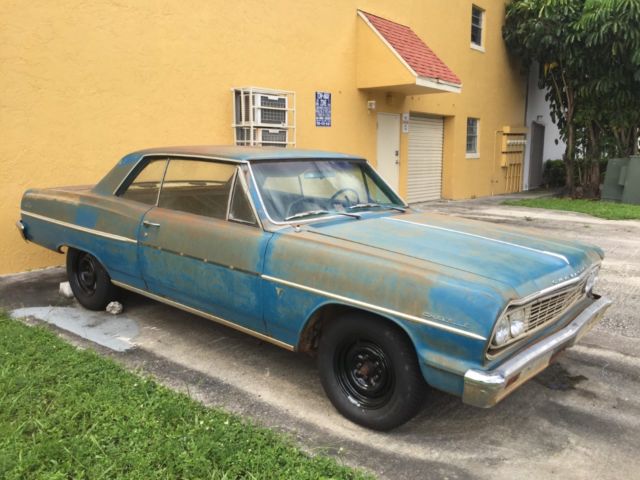
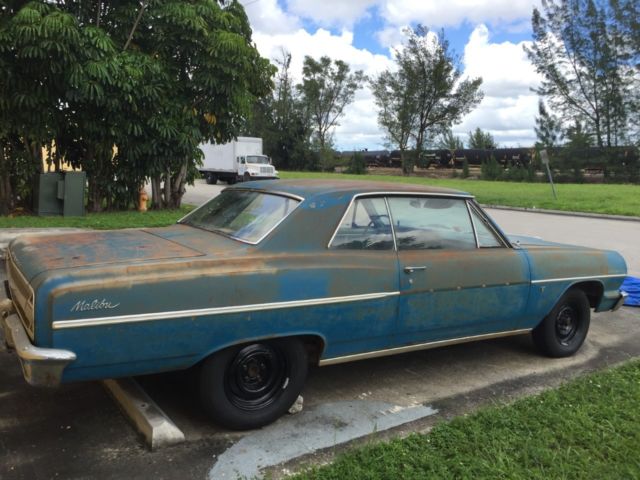
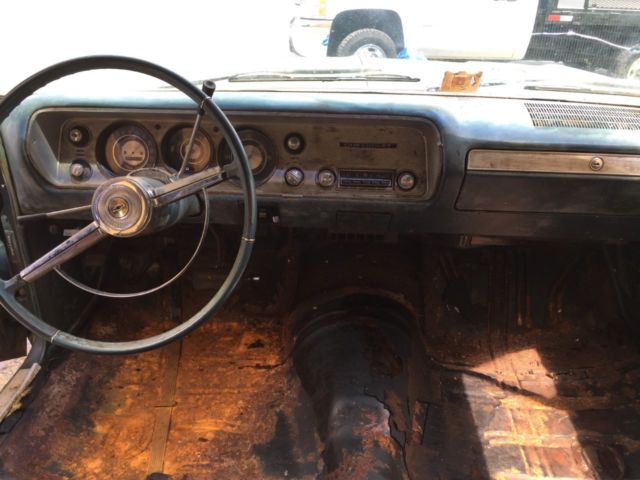
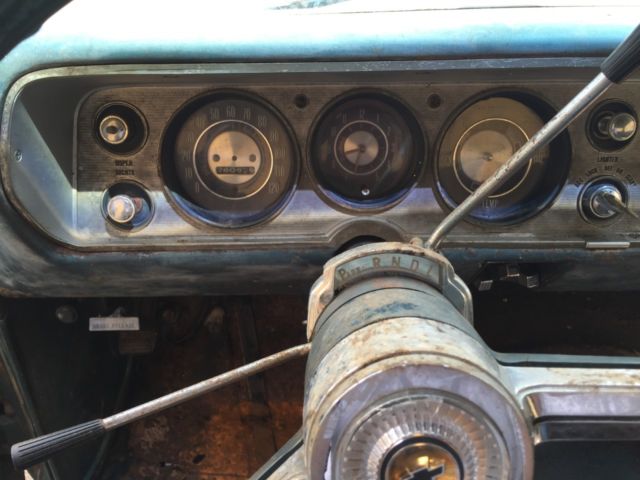
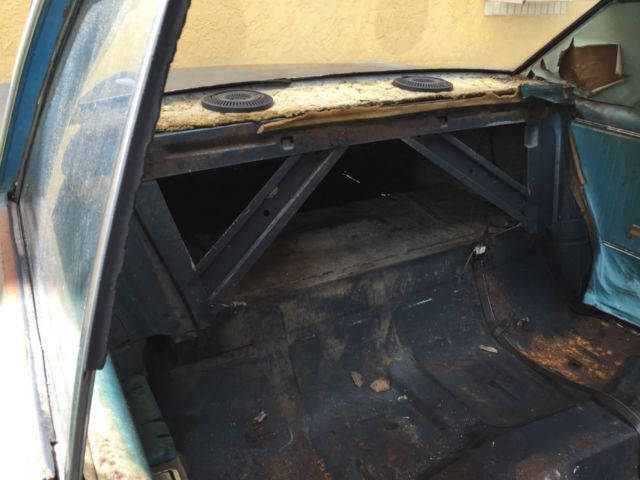
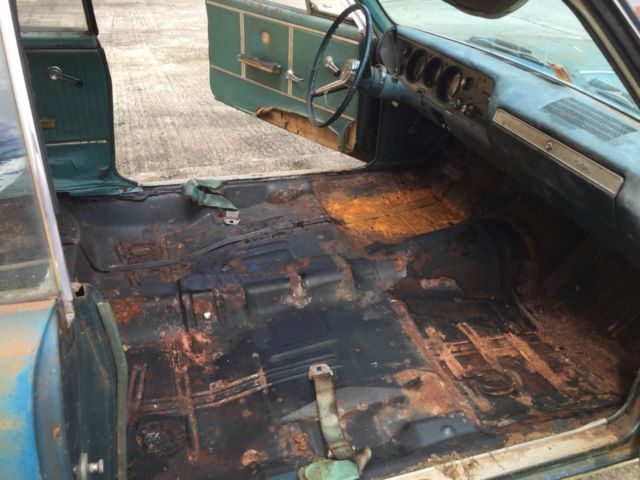
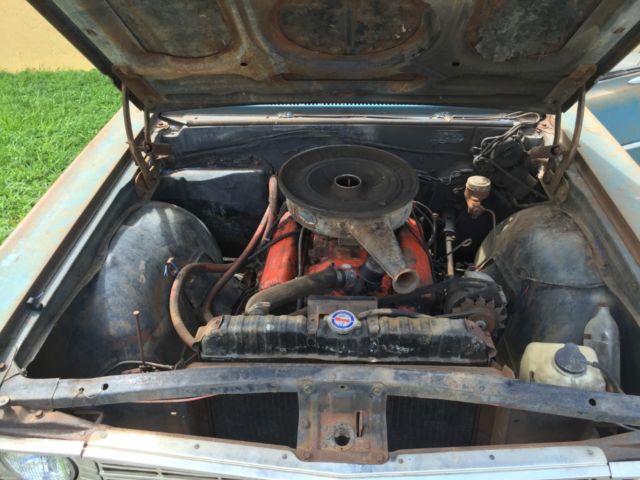
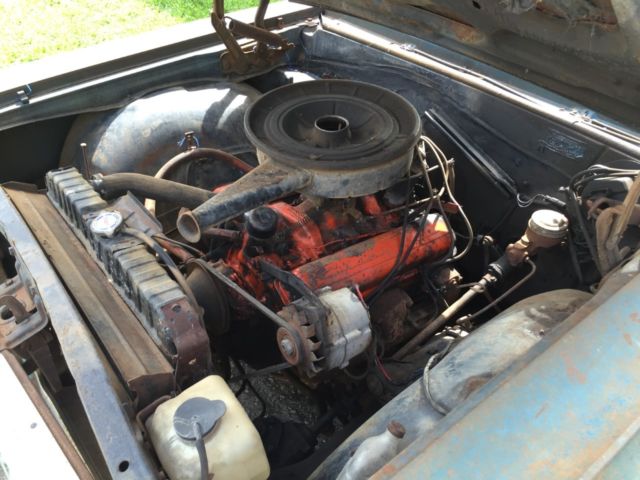
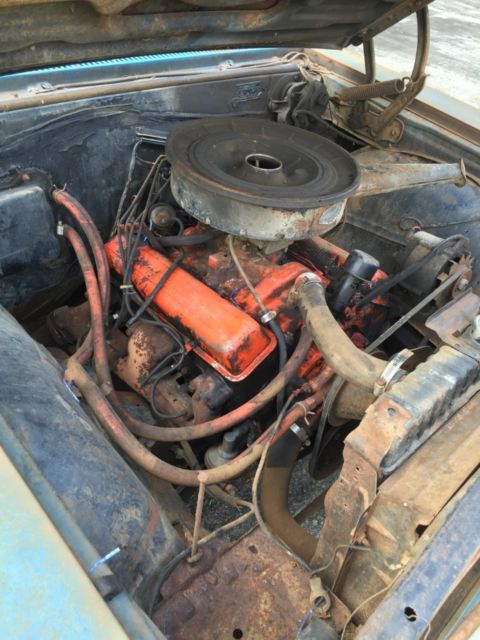
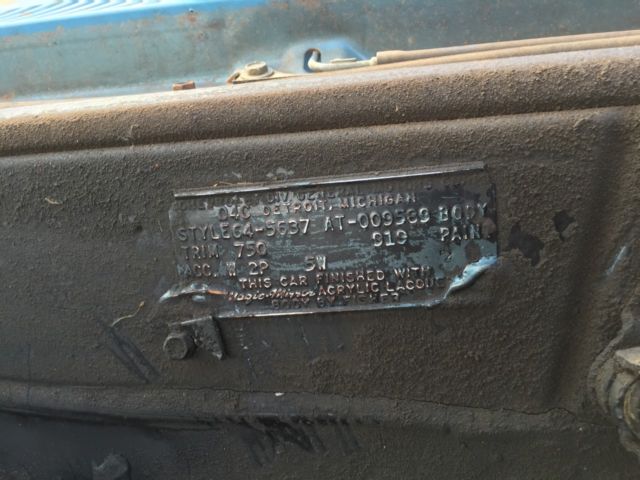
 1971 Chevelle Malibu - Great Restoration Project
1971 Chevelle Malibu - Great Restoration Project
 1964 Chevrolet Chevelle Malibu SS 230
1964 Chevrolet Chevelle Malibu SS 230
 1964 Chevrolet Chevelle Malibu 2-Door Hardtop
1964 Chevrolet Chevelle Malibu 2-Door Hardtop